Case

Case

Butterfly valve fully open to fully closed is usually less than 90° , butterfly valve and butterfly stem itself has no self-locking ability, in order to position the butterfly plate, a worm gear reducer is added to the stem. The use of a worm gear reducer not only enables the butterfly plate to have self-locking capability, stopping the butterfly plate in any position, but also improves the operational performance of the valve.
It can resist high temperature and the applicable pressure range is also high, the nominal diameter of the valve is large, the valve body is made of carbon steel, and the sealing ring of the valve plate is made of metal ring instead of rubber ring. Large high temperature butterfly valves are made of welded steel plates and are mainly used for high temperature media in smoke ducts and gas pipelines.
How to choose a butterfly valve?
The butterfly plate of the butterfly valve is installed in the direction of the diameter of the pipeline. The butterfly valve is simple in structure, small in size, light in weight, consists of only a few parts and can be opened and closed quickly by rotating only 90°, simple in operation, while the valve has good fluid control characteristics.
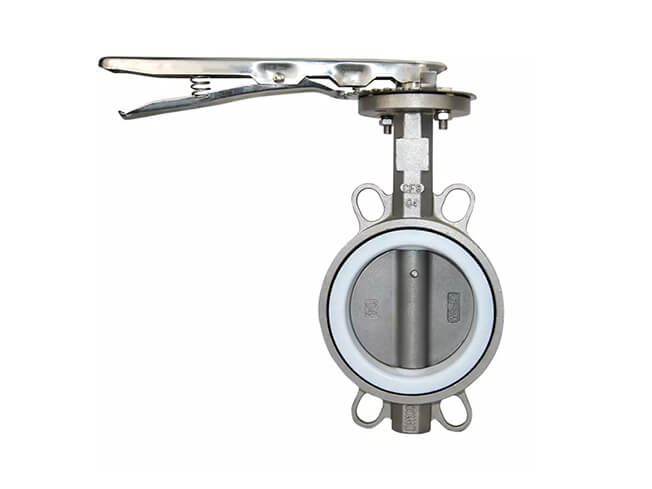
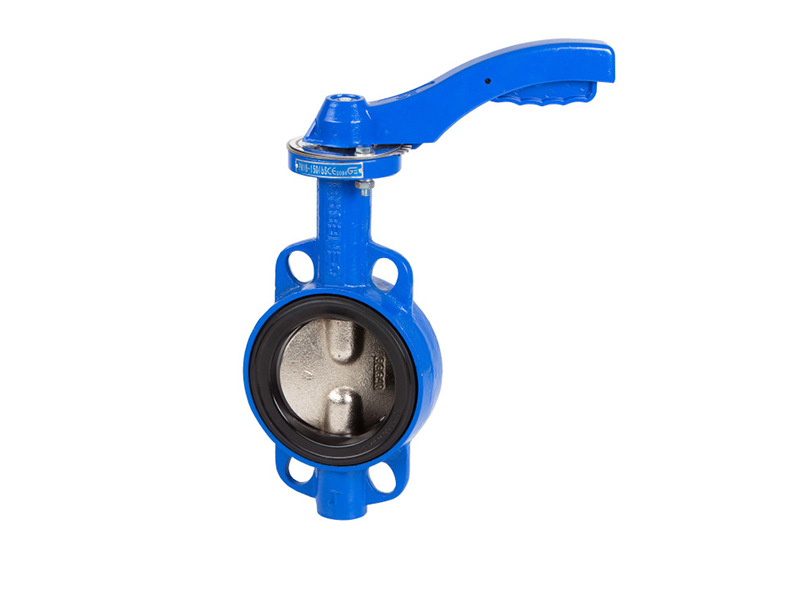
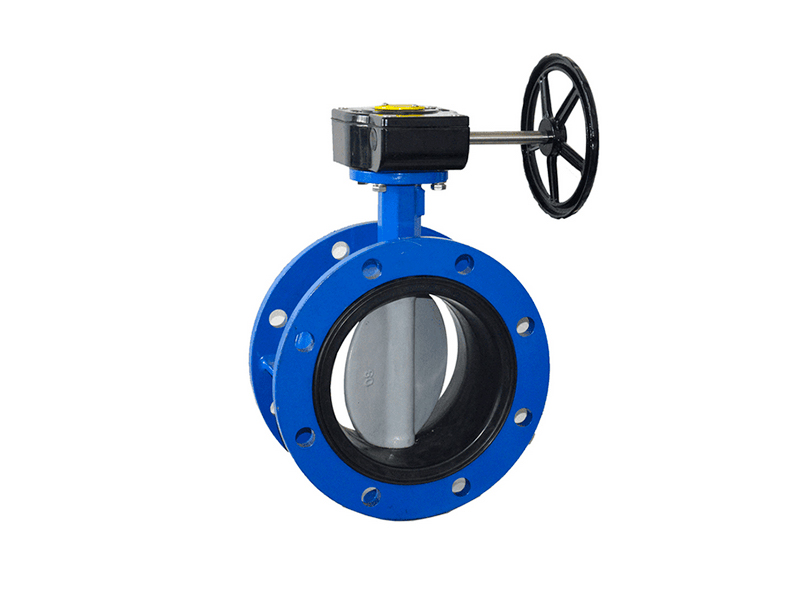
When the butterfly valve is in the fully open position, the thickness of the butterfly plate is the resistance of the medium flowing through the valve body, so the pressure drop generated through the valve is small, so it has good flow control characteristics.
Butterfly valves as a pipeline system used to achieve the flow control components have been in the petroleum, chemical, metallurgical, hydropower and many other fields of application is extremely widespread. In the known butterfly valve technology, the sealing form is mostly in the form of sealing structure, the sealing material is rubber, PTFE, etc..
Due to the limitations of the structural characteristics, it is not suitable for high temperature resistance, high pressure and corrosion resistance, anti-wear and other industries.
A relatively advanced butterfly valve is the triple eccentric metal hard seal butterfly valve, the valve body and the valve seat are conjoined components, and the seal surface layer of the valve seat is welded with temperature and corrosion resistant alloy material. This butterfly valve has the advantages of high temperature resistance, light operation, frictionless opening and closing, and compensation sealing with the increase in torque of the transmission mechanism when closing, which improves the sealing performance and extends the service life of the butterfly valve.
How to choose a butterfly valve?
As the pressure loss of butterfly valves in the pipeline is relatively high, the robustness of the butterfly plate to withstand the pressure of the pipeline medium when closed should also be considered. In addition, consideration must be given to the limits of the working temperature that the resilient seat material can withstand at high temperatures.
Butterfly valves have a small structural length and overall height, fast opening and closing speeds and good fluid control characteristics, and the structural principle of butterfly valves is most suitable for making large diameter valves. When butterfly valves are required for flow control purposes, it is of paramount importance that the correct size and type of butterfly valve is selected so that it can work appropriately and effectively.
Usually, in throttling, regulating control and slurry media, the structure is required to be short in length and fast in opening and closing (1/4 turn). Low pressure shut-off (small differential pressure), butterfly valves are recommended.
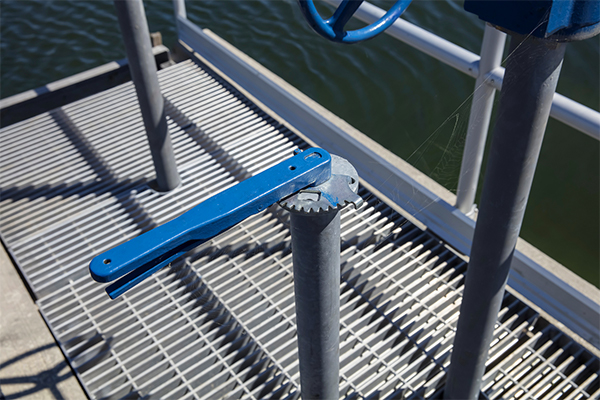
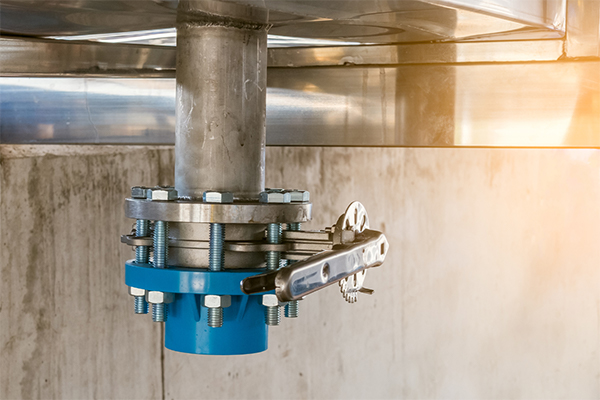
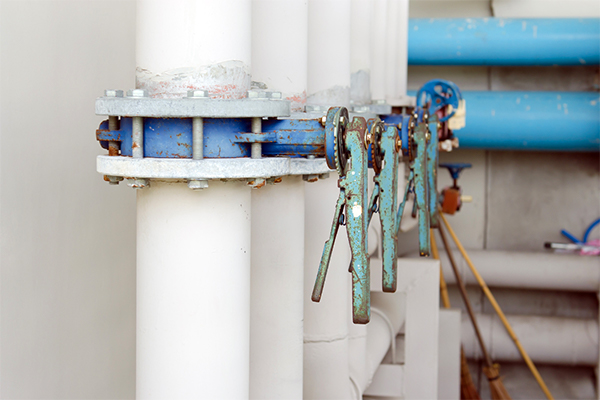
In double-position regulation, indented ground channel, low noise, cavitation and cavitation phenomenon, a small amount of leakage to the atmosphere, with abrasive media, butterfly valves can be selected.
When using butterfly valves under special working conditions such as throttling and regulation, or requiring strict sealing, or severe wear and tear, or low temperature (deep cold), special design metal sealed triple or double eccentric butterfly valves with regulating devices are required.
Butterfly valves are suitable for fresh water, sewage, sea water, salt water, steam, natural gas, food, medicine, oil and various acid and alkali and other pipelines that require complete sealing, zero leakage in gas test, high life expectancy and working temperature from -10 degrees to 150 degrees.
The soft seal eccentric butterfly valve is suitable for opening and closing and regulating the ventilation and dust removal pipelines in both directions, and is widely used in metallurgy, light industry, electric power, petrochemical systems for gas pipelines and waterways, etc.
Metal-to-metal line sealed double eccentric butterfly valve is suitable for city heating, gas supply, water supply and other gas, oil, acid and alkali pipelines, as a regulating and throttling device.
Metal-to-metal face-sealed triple eccentric butterfly valve is widely used in petroleum, petrochemical, chemical, metallurgy, electric power and other fields, in addition to being used as a program control valve for large pressure change adsorption (PSA) gas separation devices, and is a good alternative to gate valves and globe valves.